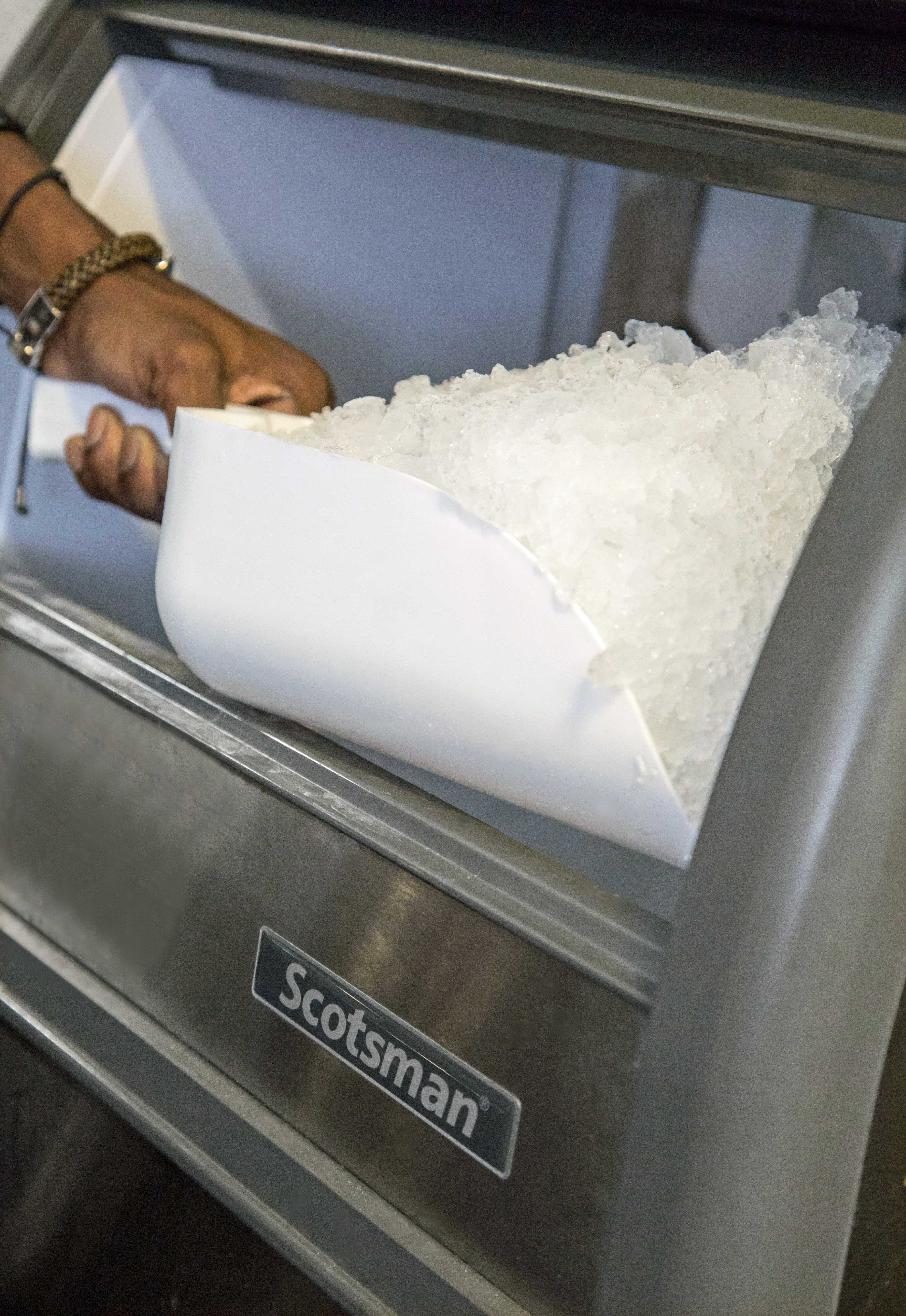Flake ice plays vital role in medical treatments and scientific research
Flake ice is extremely useful for a variety of medical uses, from physio to scientific research. Many hospitals and NHS trusts rely on ice machines, like the Scotsman range from Hubbard, to maintain supplies of it.
Flake ice is the most natural form of ice Scotsman machines produce. Created at temperatures just below zero degrees Celsius, it comprises small granules of ice to clumped together to form flakes. This means large amounts can be produced quickly, and coupled with its ability to cool items rapidly itis ideal for medical and research applications.
For example, many laboratories use it to cool samples for testing. Its granularity allows it to hold test tubes in a container, keeping them steady and safe. Its therapeutic uses, such as soothing muscles, have also made it a popular choice with professional football clubs for physio, match day injuries and also to help hydrate the players.
The AF and EF Series from Scotsman are self-contained under counter ice machines specifically designed to manufacture flake ice. The machines range from the AF80, with a maximum of 73kg ice production in a 24 hour period, up to the AF/EF206 which can produce 200kg in the same period. Both series use integral storage bins and specially designed antimicrobial components to help guarantee the purity of the ice.
Together the AF and EF series offer a range of options, either for a large, centrally distributed supply or a smaller machine to make ice close to where it’s needed. The EF series is particularly popular because it offers great flexibility in terms of where it can be sited. This is because it has a built-in drain pump that can pump waste water up to a distance of 15m. The pump means it can be sited at a distance from drains, rather than having to be on top of them.
Maintenance is designed to be simple, with the condenser and air filter both accessible from the front. Powerful self-diagnostic functions continuously monitor the machine and alert operators to any issues, helping to prolong the unit’s working life.

